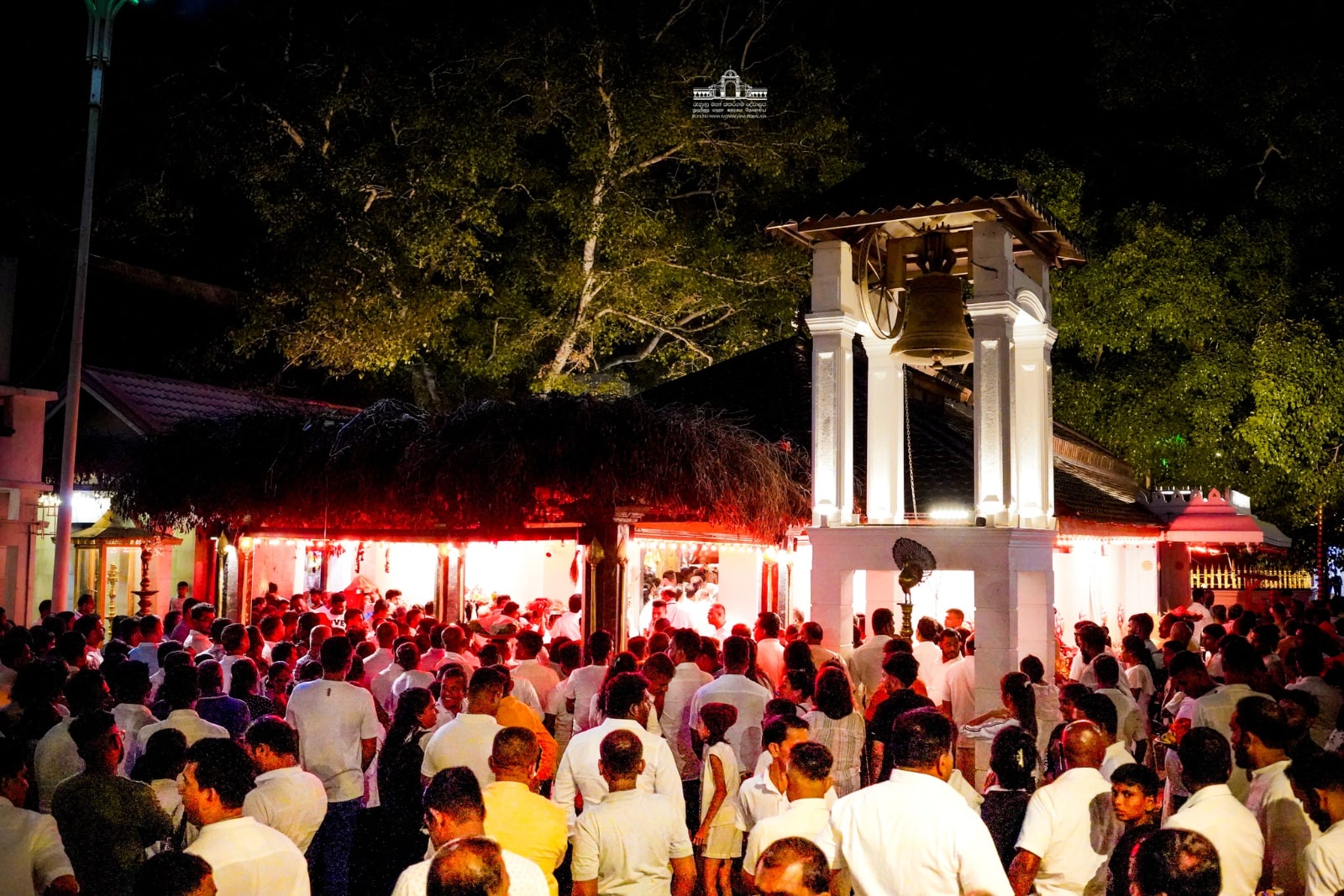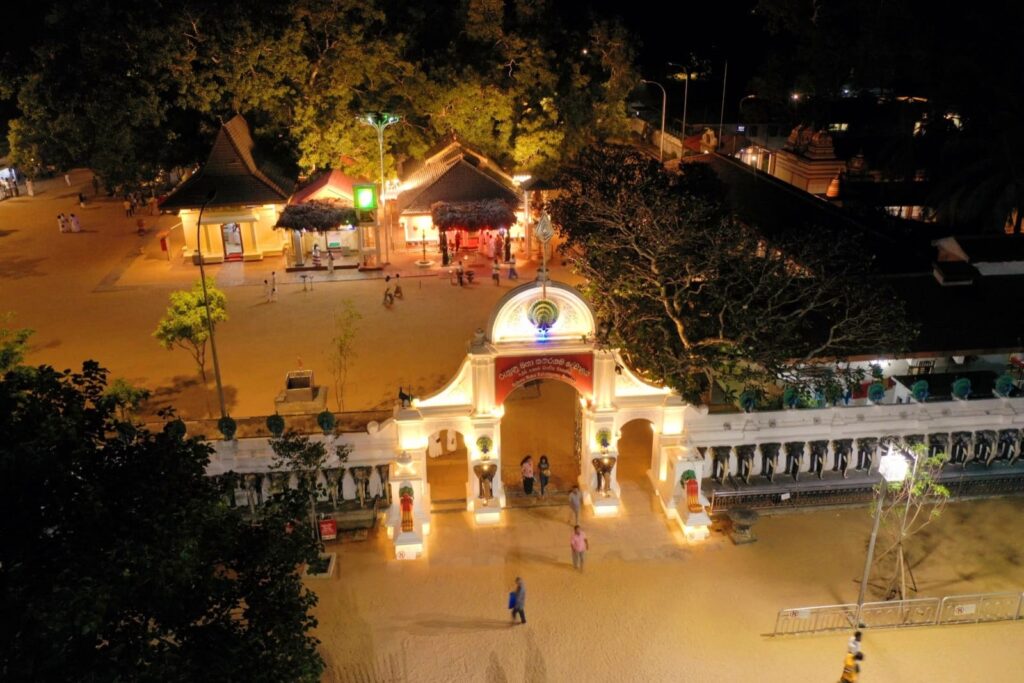Kataragama, a small town in the Monaragala District of Uva Province, Sri Lanka, holds a unique position in the cultural and spiritual landscape of the island. Known for its religious significance, Kataragama is more than just a pilgrimage site, it is a region rich in history, culture, and natural beauty. This overview provides an in-depth look at the area, focusing on its geography, climate, community life, and the intersection of tradition and modernity.
Historical Significance
Kataragama’s history dates back to ancient times, with archaeological evidence indicating that the area has been inhabited for thousands of years. The town is believed to have been an important center for trade and commerce in the past, owing to its strategic location and fertile lands.
Archaeological sites in and around Kataragama reveal remnants of ancient settlements, including ruins of temples, stupas, and other structures. These sites provide valuable insights into the historical and cultural evolution of the region. The Kiri Vehera, a large stupa believed to date back to the 3rd century BCE, is one of the significant archaeological landmarks in Kataragama, highlighting the area’s long-standing religious importance.
Geography and Climate
Kataragama is located in the southeastern part of Sri Lanka, approximately 228 kilometers from the capital city, Colombo. Nestled between the borders of Uva and Southern Provinces, the town is surrounded by lush landscapes, including forests, rivers, and agricultural lands. The Menik Ganga (River) flows through Kataragama, adding to the town’s serene and picturesque environment.
The climate in Kataragama is typical of Sri Lanka’s dry zone, characterized by hot and arid conditions for much of the year. The region experiences two main seasons: the dry season, which runs from May to September, and the wet season, influenced by the northeast monsoon, from October to January. Temperatures range from 25°C to 35°C, with occasional variations depending on seasonal changes.
Community and Culture
The population of Kataragama is a vibrant mix of ethnicities and religions, reflecting the town’s role as a major pilgrimage site for Buddhists, Hindus, Muslims, and indigenous Vedda people. This diverse demographic composition fosters a unique cultural milieu where different traditions and practices coexist harmoniously.
Local Life and Livelihoods
The majority of Kataragama’s residents are engaged in agriculture, with paddy farming, chena cultivation (shifting agriculture), and livestock rearing being the predominant activities. The fertile plains and the availability of water from the Menik Ganga support the cultivation of various crops, including rice, vegetables, and fruits. Additionally, many locals are involved in small-scale trade, handicrafts, and services catering to the needs of pilgrims and tourists.
Cultural Practices and Festivals
The cultural life of Kataragama is deeply intertwined with religious practices. The annual Esala Perahera festival, held in July or August, is a significant event that attracts thousands of pilgrims and tourists. During this festival, devotees participate in various rituals, processions, and traditional performances. The festival is a reflection of the town’s rich cultural heritage and its role as a melting pot of different religious traditions.

Infrastructure and Development
Kataragama has seen considerable infrastructure development in recent years, driven by its importance as a religious and tourist destination. The town is accessible via well-maintained roads, with regular bus services connecting it to major cities such as Colombo, Matara, and Hambantota. The nearest railway station is in Tissamaharama, about 19 kilometers away, providing additional connectivity.
Accommodation and Amenities
To cater to the influx of pilgrims and tourists, Kataragama offers a range of accommodation options, from budget guesthouses and lodges to mid-range hotels. Basic amenities such as healthcare facilities, schools, and markets are available to serve the local population and visitors. Recent development initiatives have focused on improving these facilities to enhance the quality of life for residents and the experience for visitors.
Sustainable Practices
With the increasing emphasis on sustainable development, efforts are being made to promote eco-friendly tourism and conservation practices in Kataragama. Community-based initiatives aim to preserve the natural environment and promote responsible tourism, ensuring that the town’s cultural and ecological heritage is protected for future generations.
Environmental Conservation and Challenges
While Kataragama is known for its natural beauty and biodiversity, the region faces several environmental challenges. Deforestation, land degradation, and water pollution are pressing issues that threaten the ecological balance of the area. The increasing number of pilgrims and tourists has also put pressure on the town’s infrastructure and natural resources.
Conservation Efforts
To address these challenges, various conservation initiatives have been implemented, focusing on sustainable land use, reforestation, and pollution control. Community involvement is a key aspect of these efforts, with local residents playing an active role in environmental conservation. Awareness programs and eco-friendly practices are promoted to mitigate the impact of human activities on the natural environment.

Future Prospects and Development
Looking ahead, the future of Kataragama lies in balancing development with sustainability. Continued investment in infrastructure, education, and healthcare will enhance the quality of life for residents and support the town’s role as a religious and cultural hub. Sustainable tourism practices and conservation efforts are essential to preserving Kataragama’s natural and cultural heritage.
Community Empowerment
Empowering local communities through education, skills development, and economic opportunities is vital for the region’s sustainable development. Community-based tourism and eco-friendly enterprises can provide alternative livelihoods, reducing dependency on traditional agriculture and promoting environmental stewardship.
Summary
Kataragama, Sri Lanka, is a region of profound spiritual, cultural, and ecological significance. Its unique blend of religious traditions, historical heritage, and natural beauty make it a place of great importance and appeal. While the town faces challenges related to environmental sustainability and development, ongoing efforts to promote conservation and responsible tourism offer hope for a balanced future. By embracing sustainable practices and fostering community involvement, Kataragama can continue to thrive as a beacon of Sri Lanka’s rich cultural and natural heritage, offering visitors and residents alike a place of profound connection and inspiration.
